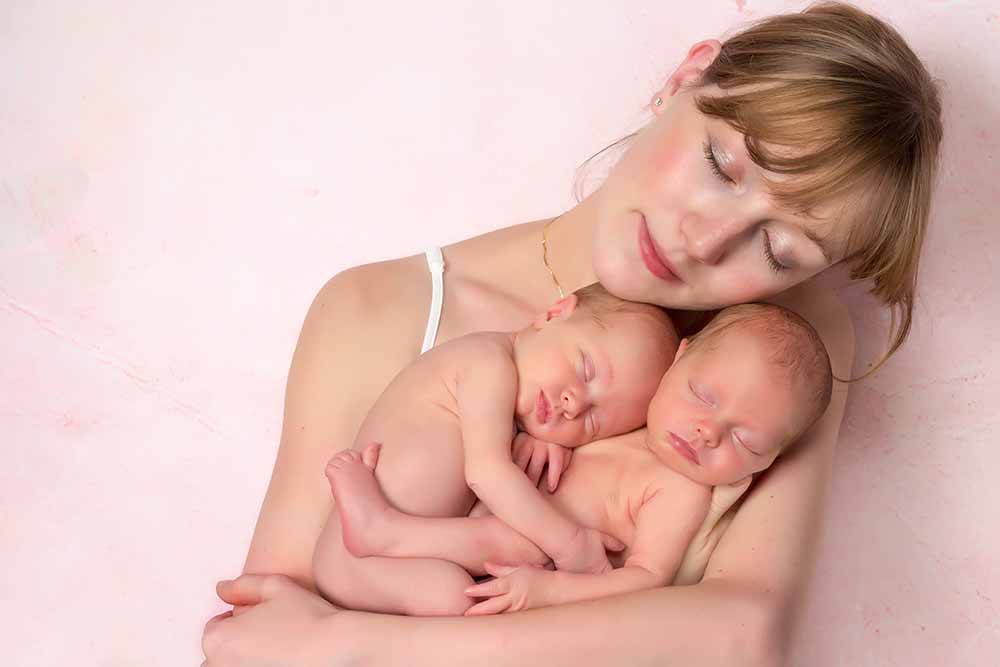If you’re the parent of twins, you may be wondering about babywearing. Is it possible to wear two babies at once? What are the options? Fortunately, there are a number of twin baby carriers on the market and today we’ll talk about key features to look for in those carriers. All new parents interested in babywearing their twins should consult with their doctor; above all you want to make sure you listen to your body.
TIP: Tandem wearing is not limited to just twins! You can wear sibling/different size babies together! Want more information about baby carriers for twins? Listen to our podcast episode or read our transcript!
What are the safety considerations for babywearing twins?
The acronym TICKS is the universal rule of thumb when it comes to babywearing safety. When wearing your little one keep in mind that TICKS stands for tight, in view at all times, close enough to kiss, keep chin off the chest, and supported back.
Furthermore, many twins are born premature, so special consideration should be made to ensure their backs and necks are fully supported. You may not be able to use stretchy wraps or soft structured carriers at first. A sturdy wrap or a ring sling may allow you to customize fit for small babies. As they grow, your carrier options will also grow.
What are the different types of carrier options for twins?
There are many choices! Generally, you can opt for multiple wraps, multiple carriers, multiple Mei Tais, a tandem carrier, or a combination of things. There are pros and cons to all of these options.
- Wrap: Pros are that it is ergonomic and conforms to your baby’s unique needs and shape. You can adjust the positioning for nursing and there’s less to pack when you’re on the go. As far as cons, the fabric can be long and complicated, it can get hot, and it might require a lot of transferring in and out for nursing.
- Mei Tai: Pros are that it’s easier to put on than a wrap but still supports your baby’s unique shape. Mei Tais usually offer multiple carrying options (front, back, side, tandem), they’re easy to find and budget-friendly. The major con is that you will need two separate carriers (one for each baby).
- Structured carrier: The pros are that it’s ergonomic and can be used from newborn to toddlerhood. On the flip side, double carriers can be bulky and hot.
- Front twin carrier: The pro is that you can wear both babies in front and keep an eye on them/breastfeed them, but the con is that all the weight is centered on your front.
- Front/back twin carrier: In this option, the pro is that the weight is more distributed, but the con is that you can only put one of the babies in the back once they can sit upright unassisted. Some twin carriers are versatile – you can start out with both babies in front and then, later on, switch to one in front and one in back.
What are some of the key features that parents should look for in a carrier?
You want to take into consideration things like how often, where, and when you plan on babywearing. Someone whose baby will be carried for many hours a day may need a different carrier than someone whose toddler wants to be in and out of the carrier frequently.
Other things to consider:
- Your needs and the babies’ preferences may change from day to day, so don’t be afraid to have a variety of carriers in your collection.
- Check out the buckle and make sure there are no loose threads.
- Be careful of low-quality products with a strong smell as this can be due to exposure to chemicals in the production process.
- Always check for product recalls!
